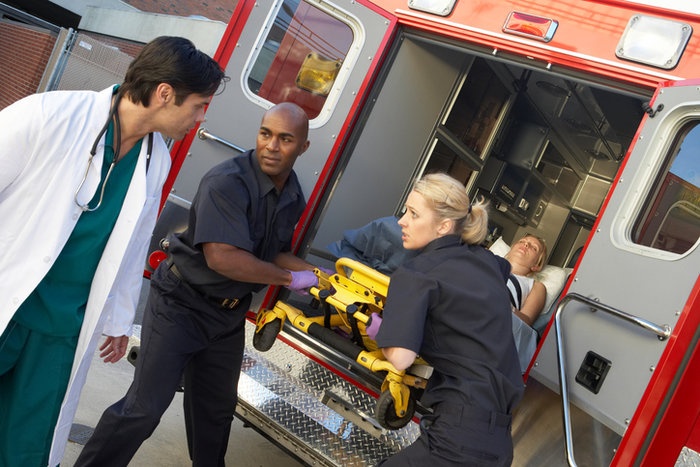
Think for a moment about all the decisions you make each time you treat a patient. It begins with your assessment: Is the patient stable or critical? Are their vitals sufficient, or do they require immediate intervention? Will they need ALS or BLS? Each scenario prompts a deluge of decisions—decisions that must be made instantaneously in some cases.
Now think about the range of conditions you treat during each shift. You never know what that next call might be or the circumstances for that next patient who wanders into your ER. Which is what makes medicine so exciting and fascinating. Every new day presents a new challenge.
Every treatment plan you devise will be based on the decisions you make for that specific patient. And when it comes to suctioning a tenuous airway, your decisions can have a significant impact on your patient’s prognosis. Respiratory emergencies require quick action and an aggressive plan, so let’s review two scenarios where suction tip size makes a big difference.
The Trauma Patient
Trauma can affect any aspect of the body. Whether it’s a gunshot wound to the head or a tension pneumothorax caused by a high-speed collision, the trauma patient can present an endless combination of injuries involving multiple body systems. These injuries are further compounded by age and infirmity.
Respiratory emergencies can be especially challenging when they occur in the presence of trauma. Spinal immobilization makes airway interventions difficult, and when the patient is bleeding profusely, the airway can become obstructed by clots, tissue, and broken teeth.
You wouldn’t use a normal suction catheter on such a patient. It would quickly become clogged, requiring you to switch out the tip, costing precious seconds. The inefficiency of a small catheter would also lengthen the suction time, which could result in hypoxia in an already challenged patient.
To clear the most clogged airways, utilize a suction catheter designed for such purposes. Trauma patients require an evacuation catheter that can clear even the most stubborn of airways, so be sure to keep one on hand. The SALAD technique is a useful method to employ in these circumstances.
The Pediatric Patient
Pediatric patients pose unique challenges. They require specialized equipment, targeted drug dosages, and a more cautious approach to assessment. The same can be said of their suction needs.
The pediatric airway has several distinguishing characteristics. Not only is it smaller than an adult’s, but landmarks change as the child grows, requiring a more nuanced approach to airway management. This is especially true when suctioning.
The smaller oral cavity and delicate tissues of the pediatric patient require a more cautious approach to suctioning. Using a suction catheter with a smaller tip yet greater capacity will help—one that enables better control within the tight confines of the child’s mouth and nose. It also helps to have a portable suction unit with variable pressure control so that you can dial it back when treating these small patients.
Children respond to medical crises differently from adults, both emotionally and physiologically. So, be sure when suctioning the pediatric airway that you take into account their unique needs.
The decisions you make for your patients can mean the difference between a rapid recovery and a poor prognosis. So, when it’s time to suction your patient, make sure you choose the right size tip for the job.
Editor's Note: This blog was originally published in March 2017. It has been re-published with additional up to date content.
















